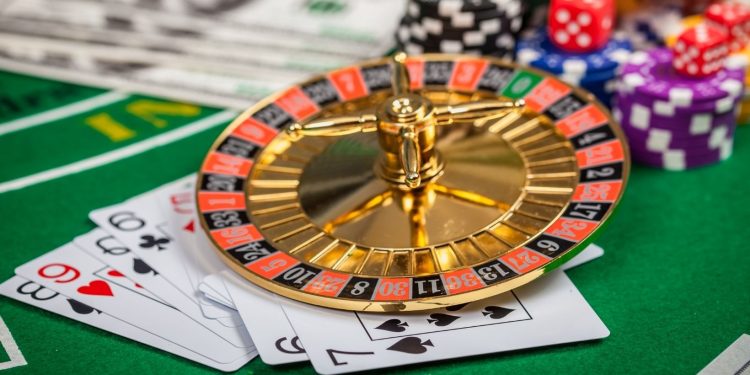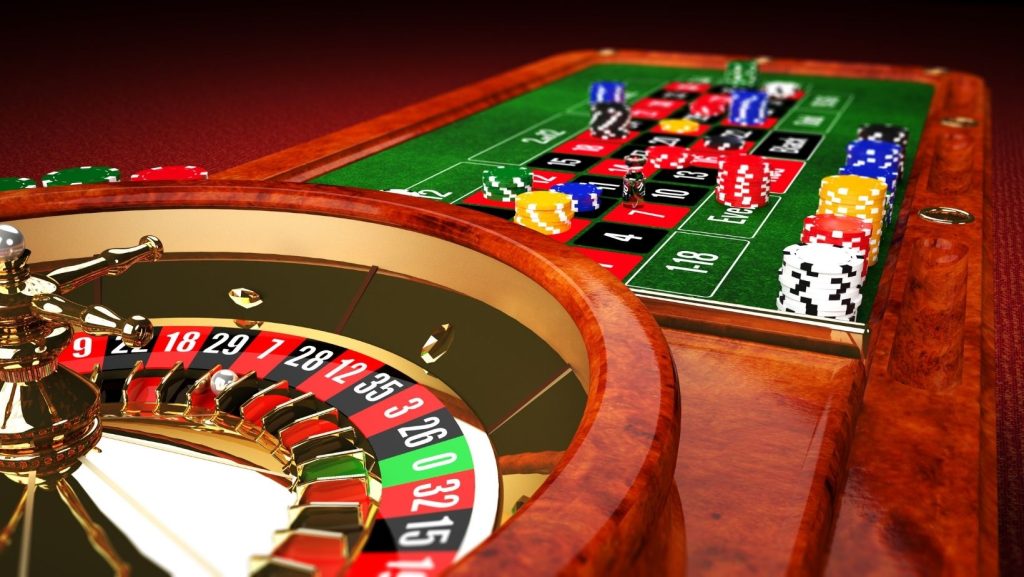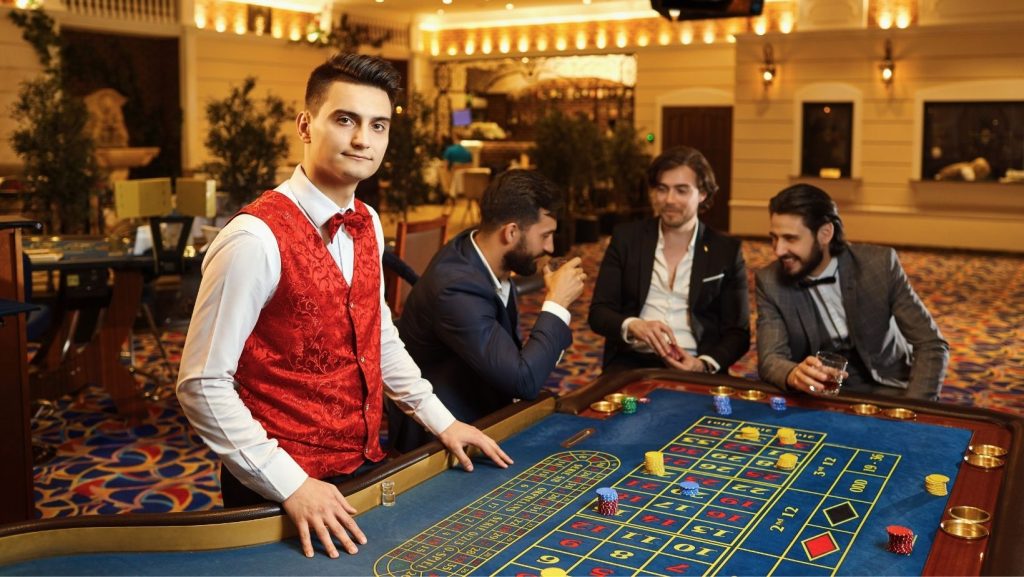While playing at a casino, you must have seen the roulette wheel spin. At first glance, you are likely to conclude that all roulette games are the same, both in their reward systems and outcomes. Roulette games have substantial differences, thanks to the number of variants the casino table game features. Whether in European, French, or American roulette, players have a lot of options to play around with. On the one hand, these variants make the game a lot more fun and exciting. On the other, they also offer varying winning payouts and expected outcomes for the casino and the player after Quatro casino login.
Generally, players’ winning chances and the frequency of their losses and wins depend on three things. They are the type of casino game, the rules in place for the game, and the player’s level of skill. Bluechip.io provides the most comprehensive and up-to-date roulette casino analysis available online.
This article will look at the American roulette version and do a sizeable analysis of its strategy. The idea is to analyze the basic mathematics of each of these roulette variations and examine why one variant is better than the other?
A Guide on American Roulette
Unlike other roulette versions, the American roulette wheel features an extra 00. What it implies is that this version has 38 divisions. In addition to the traditional number 1 to 36, this version includes 0 and 00. However, the addition means players’ winning chances are lower. It comes with a significantly higher house edge of 5.26%, except in a 5-number line bet that has a house edge of 7.89 percent.
Let’s start with the house edge. A fair set-up roulette game will have 36 pockets. It means that a player can easily overcome the 97.22% -amounting to a 35-in-36 chance to lose with his or her 1-in-36 (2.78%) chance to win.
Whether in American or another type, roulette costs gamblers more given its higher house edge. The casino feeds fat on the house edge to the tune of 20% of the player’s wagers.
Analyzing Expected Value and House Edge
The house edge stands for the long-run percentage of the player’s wager that the casino will retain. In roulette, the method of computing the house edge is pretty simple. The player’s expectation value (EV) is the amount of wagered money a player expects to win or lose when you play the game again and again.
A positive EV means the player will lose his wager in the long run. You can view the EV against the house edge from the point of view of the player or the casino. For example, if you wager $15 on red in American roulette, your EV will be -$0.789, which is a little below a quarter of your wager.
Mathematically, EV= ∑P(Zi)×Zi, where Z is a random variable and P is the probability of the occurrence of the random outcome. Multiply the expected possible outcome by the random variable.
Thus,
EV = (15)(18/38) + (-15)(20/38) = -0.789.
To calculate the House edge (HE), divide the positive expected value by the wager and express it as a percentage. HE = EV/wager*percentage. Alternatively, Subtract house odds from odds and multiply by the probability of success.
Thus, House edge = 0.789/15*100 = 5.26%. This is a typical double-zero single-amount roulette.
Single-Zero Roulette
For a double-zero and single-zero roulette game, the negative house advantage is the resulting outcome. You can calculate your EV if you wager a 1-unit amount.
Hence,
Mathematically, a 0-roulette calculation for a single-number bet will go thus:
EV = (+35)(1/37) + (-1)(36/37) = -0.027
(House edge = 2.70%)
Double-Zero Roulette
A 00-roulette calculation for a single-number bet is:
EV = (+35)(1/38) + (-1)(37/38) = -0.053
(House edge = 5.26%).
For a player to break even in the long run on a double-zero roulette, the casino will have to offer a 37-to-1 payoff. Sadly, the actual payout is 35 to 1.
Double-Zero Five Number Roulette Bet
A 00-roulette five number bet is calculated as follows:
EV = (33/5) – (30/5) x (5/38) = (3/5 x 5/38) = 3/38 = 0.0789474
House edge = 0.0789474 x 100 = 7.89%.
Wrap
Casinos are in business to maximize their profit. Hence, they rely on the money that comes from the house edge to cover overheads and offset their bills. Game developers integrate the mathematical advantage into the games to reinforce casino operators’ drive for a large profit portfolio and return on investment.
In the long run, a casino has a guarantee of winning and spending all the money on something luxurious or a great lol skin. The positive house edge is a bottleneck that makes winning an uphill and long-run task for the gambler.


















